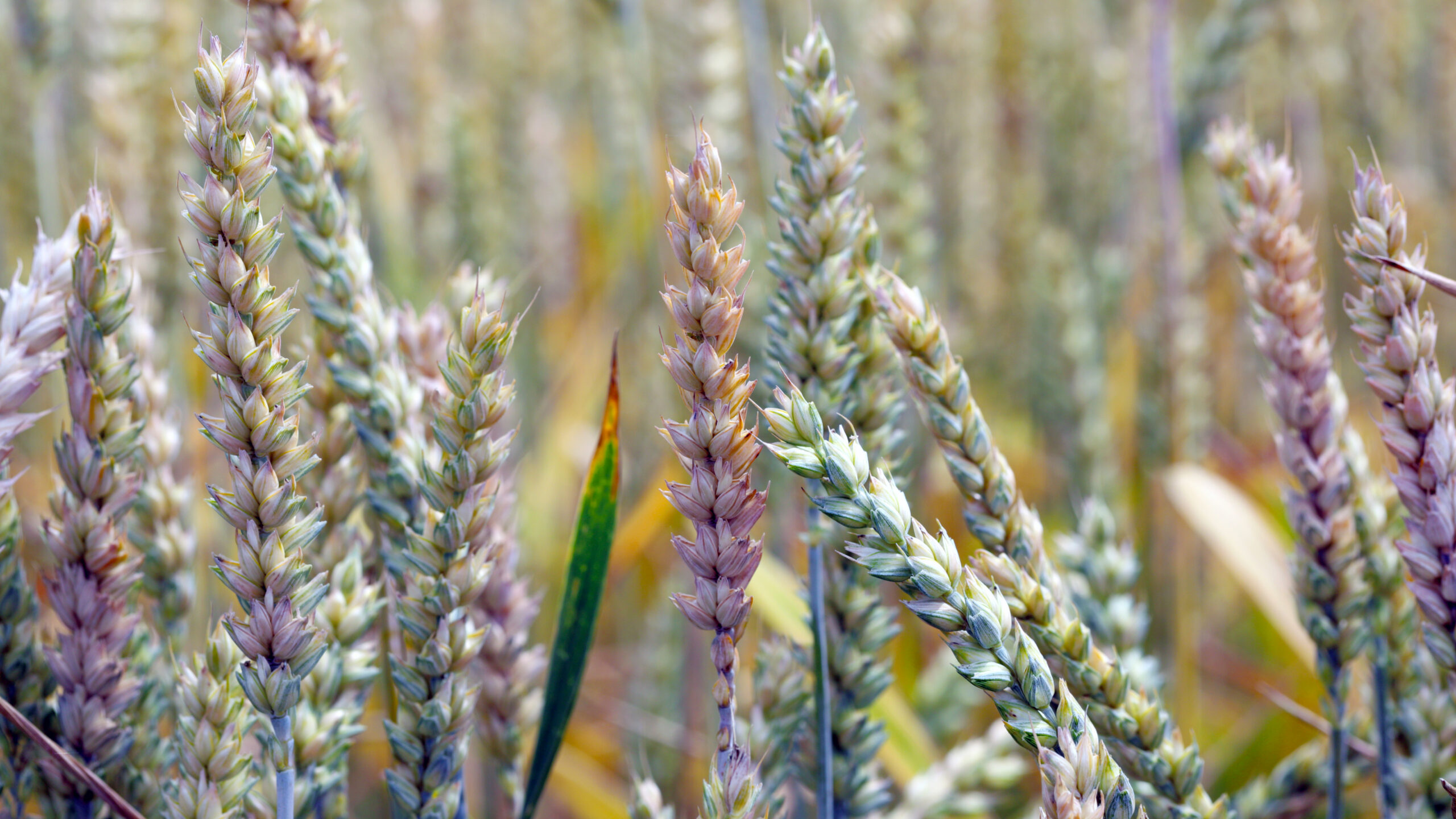
"Fusarium graminearum infections generally occur during the plant's flowering stage or when there is more frequent rainfall and periods of high humidity during early stages of grain production. Wheat in the southern US is vulnerable to infection during the spring. As the season advances, the risk from scab progresses north through the US and into Canada as the grain crops mature across the region, with continued periods of conducive weather throughout the summer."
"Between seasons, Fusarium graminearum survives on barley, wheat, and corn plant residues that remain in the field after harvest. It reproduces by producing microscopic spores that can then travel long distances on wind currents, spreading the fungus across large geographic areas each season. In wheat and barley, farmers can suppress the damage by spraying a fungicide onto developing wheat heads when they're most susceptible to infection. Applying fungicide can reduce scab and its severity, improve grain weight, and reduce mycotoxin contamination."
"However, integrated approaches to manage plant diseases are generally ideal, including planting barley or wheat varieties that are resistant to scab and also using a carefully timed fungicide application, rotating crops, and tilling the soil after harvest to reduce residue where Fusarium graminearum can survive the winter. Even though fungicide applications may be beneficial, fungicides offer only some protection and can't cure scab. If the environmental conditions are extremely conducive for scab, with ample moisture and humidity during flowering, the disease will still occur, albeit at reduced levels."
Fusarium graminearum infects cereal crops primarily during flowering or during periods of frequent rainfall and high humidity in early grain development. The pathogen moves seasonally from southern wheat regions northward across the US into Canada as crops mature, with risk heightened during conducive summer weather. Between seasons the fungus survives on wheat, barley, and corn residues left in fields and disperses via microscopic spores carried long distances by wind. Management relies on planting resistant barley or wheat varieties, rotating crops, and tilling to reduce residue, combined with carefully timed fungicide sprays to developing heads to reduce scab severity and mycotoxin contamination. Fungicides provide only partial protection and cannot cure scab under highly conducive environmental conditions.
Read at Ars Technica
Unable to calculate read time
Collection
[
|
...
]